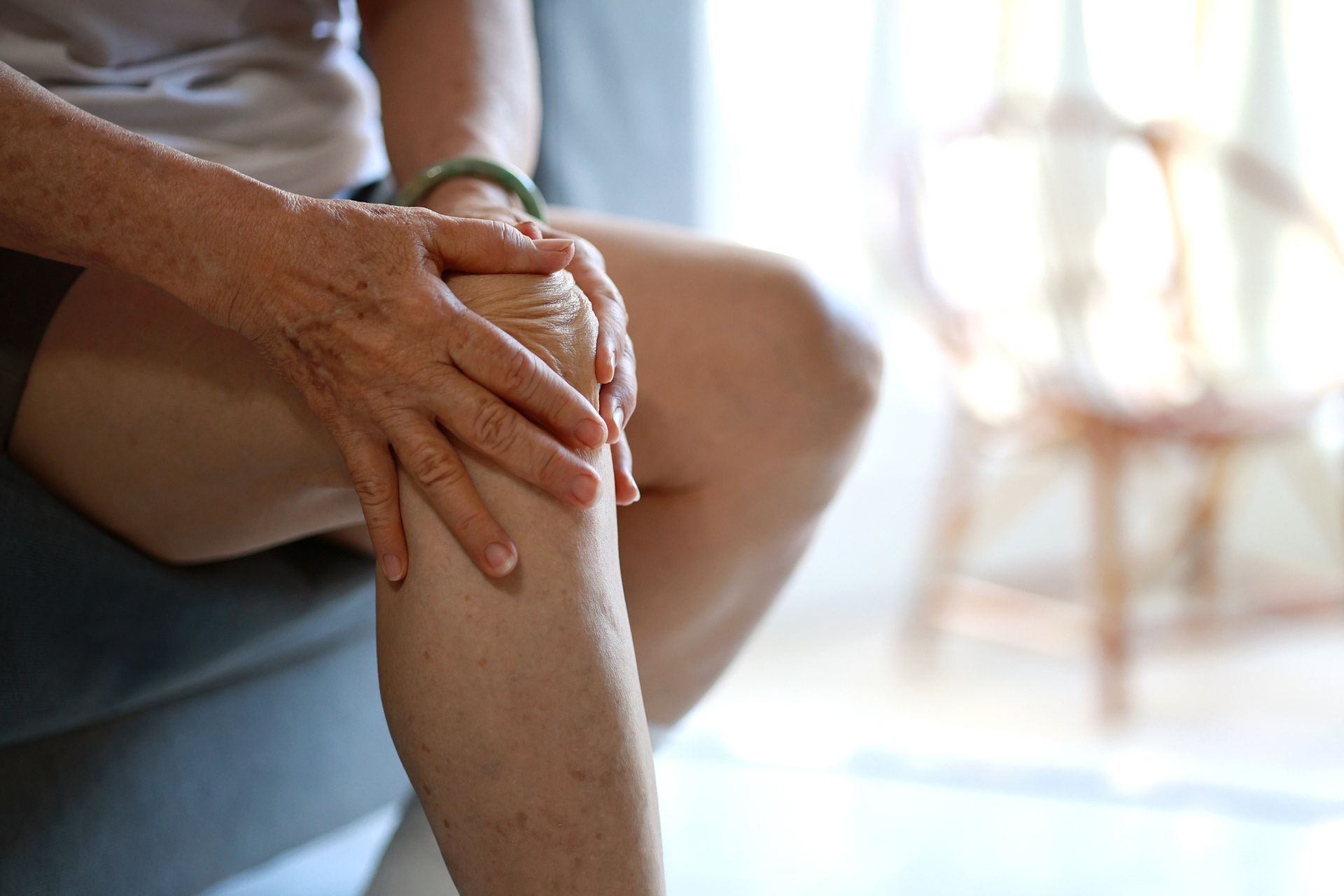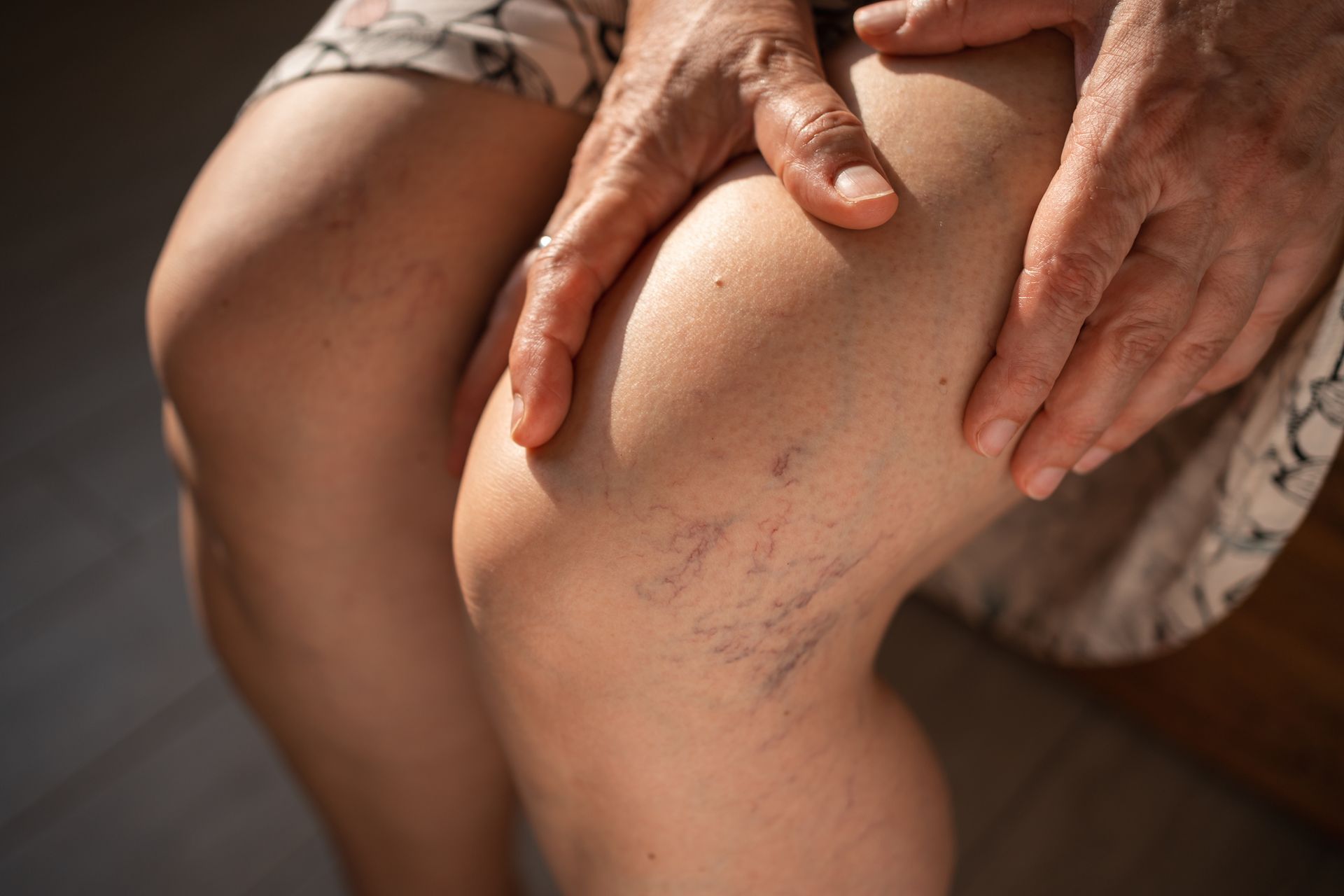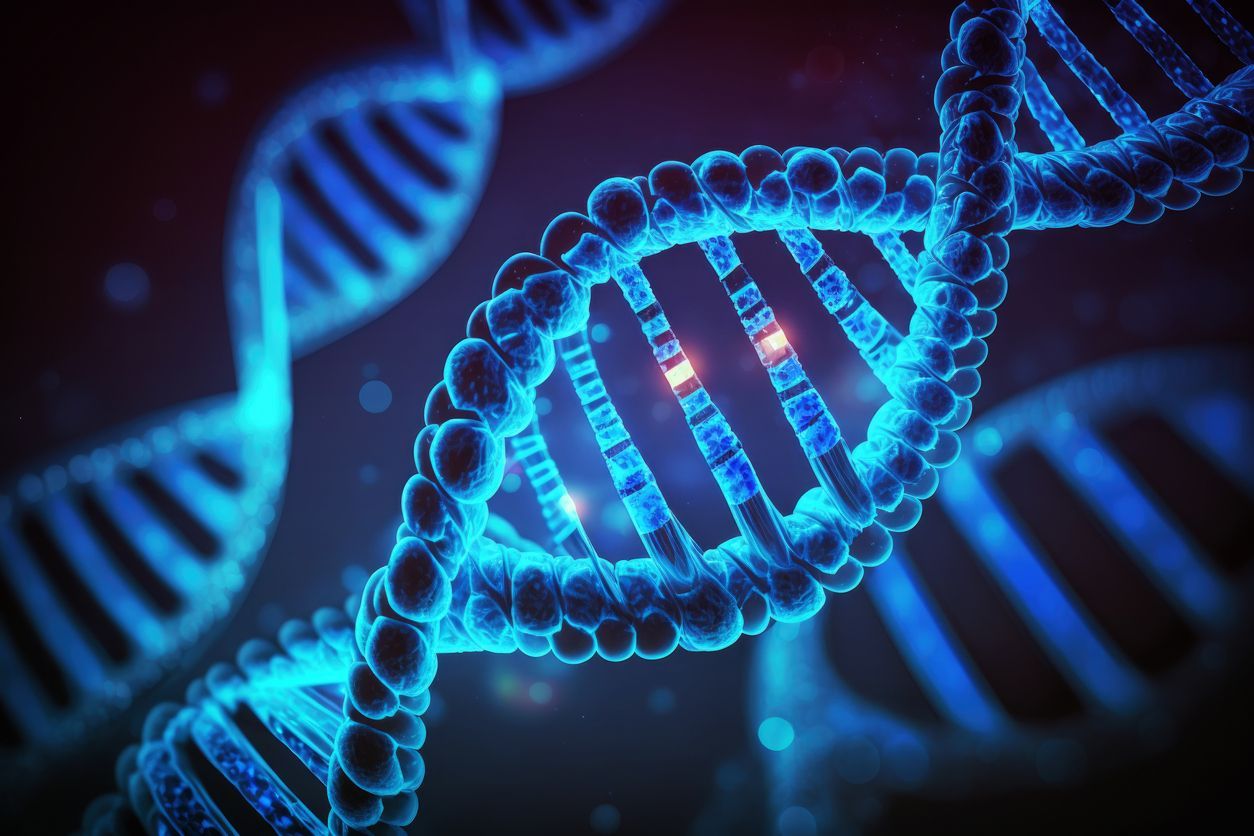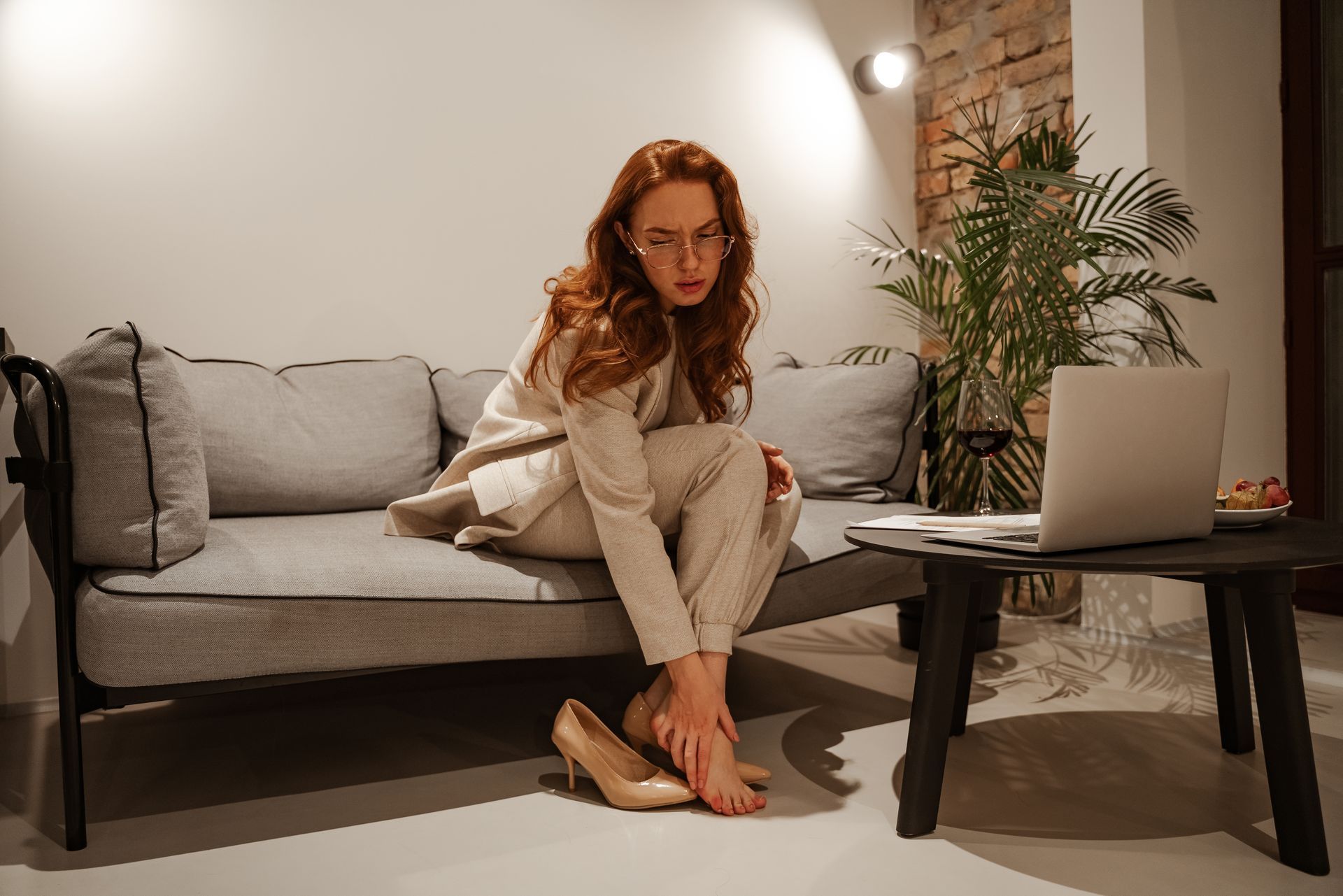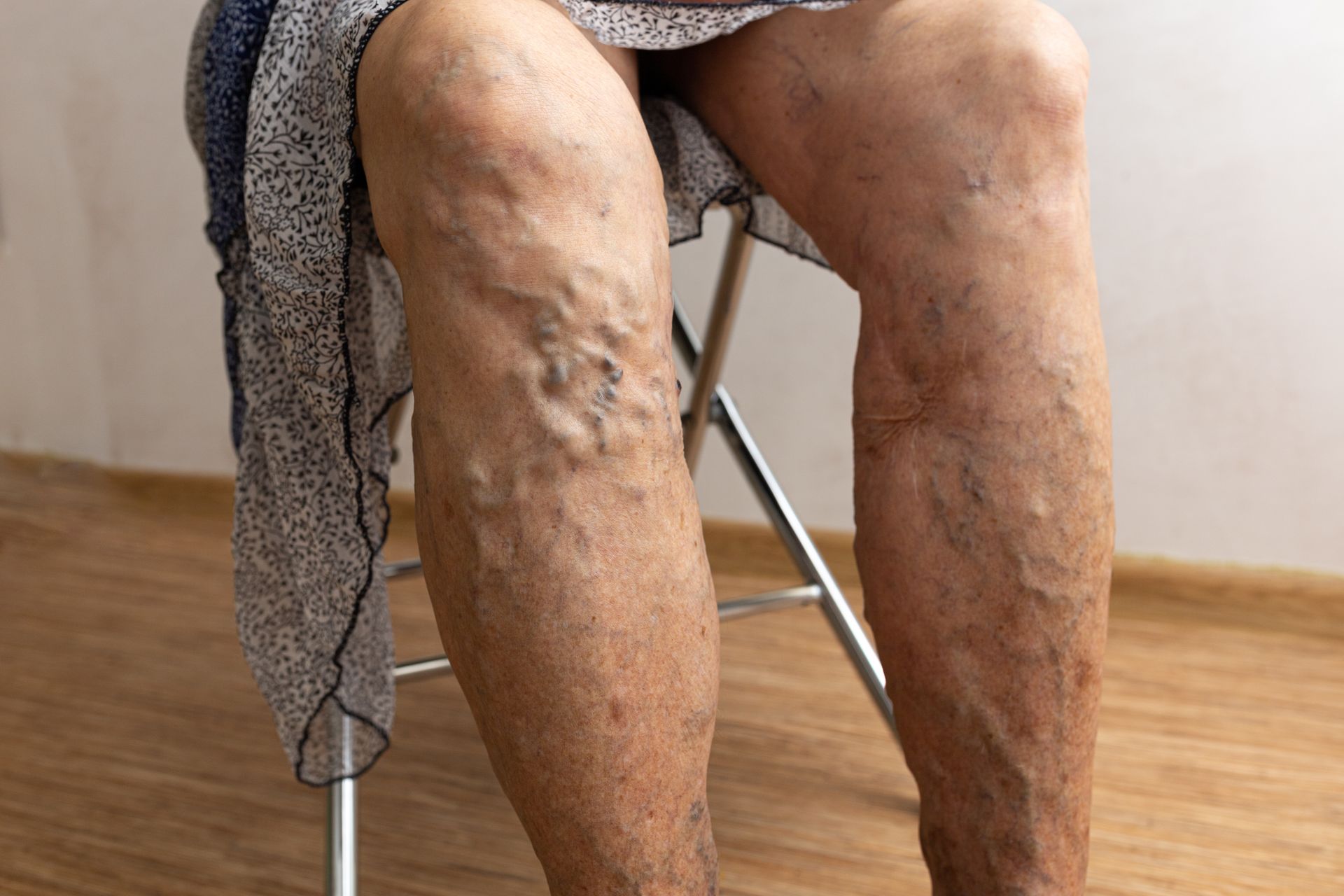Lymphedema vs. Chronic Venous Insufficiency: How to Tell the Difference
Lymphedema vs. Chronic Venous Insufficiency: How to Tell the Difference
Swelling in the legs or ankles is a common concern—but not all swelling is the same. At The Vein Institute in Chattanooga, we often see patients who are unsure whether their symptoms are caused by lymphedema or chronic venous insufficiency (CVI). While both conditions can cause discomfort and limit mobility, they have different causes, treatments, and long-term outlooks.
In this blog, we’ll break down the key differences so you can better understand your symptoms—and know when it’s time to seek help.
What Is Chronic Venous Insufficiency (CVI)?
Chronic Venous Insufficiency occurs when the valves in your leg veins become weak or damaged, causing blood to flow backward and pool in the lower legs. Over time, this leads to swelling, heaviness, visible veins, skin changes, and even ulcers.
Common Symptoms of CVI:
- Swelling in the lower legs or ankles (usually worse by the end of the day)
- Aching, cramping, or a “heavy” feeling in the legs
- Visible varicose veins or spider veins
- Skin discoloration or thickening around the ankles
- Open sores or ulcers near the ankles
Who’s at risk? Individuals with a history of varicose veins, blood clots (DVT), obesity, pregnancy, or prolonged standing/sitting are more likely to develop CVI.
What Is Lymphedema?
Lymphedema is caused by a blockage or damage in the lymphatic system, which prevents proper drainage of lymph fluid. Unlike CVI, lymphedema can affect any part of the body but most often impacts the arms or legs.
Common Symptoms of Lymphedema:
- Persistent swelling in the legs or arms (may affect the foot or toes)
- A feeling of tightness or fullness
- Thick or “spongy” skin texture (called fibrosis)
- Recurrent infections in the affected limb
- Difficulty moving the affected limb
Lymphedema may be primary (genetic) or secondary due to surgery, radiation therapy, infection, or injury to the lymph nodes.
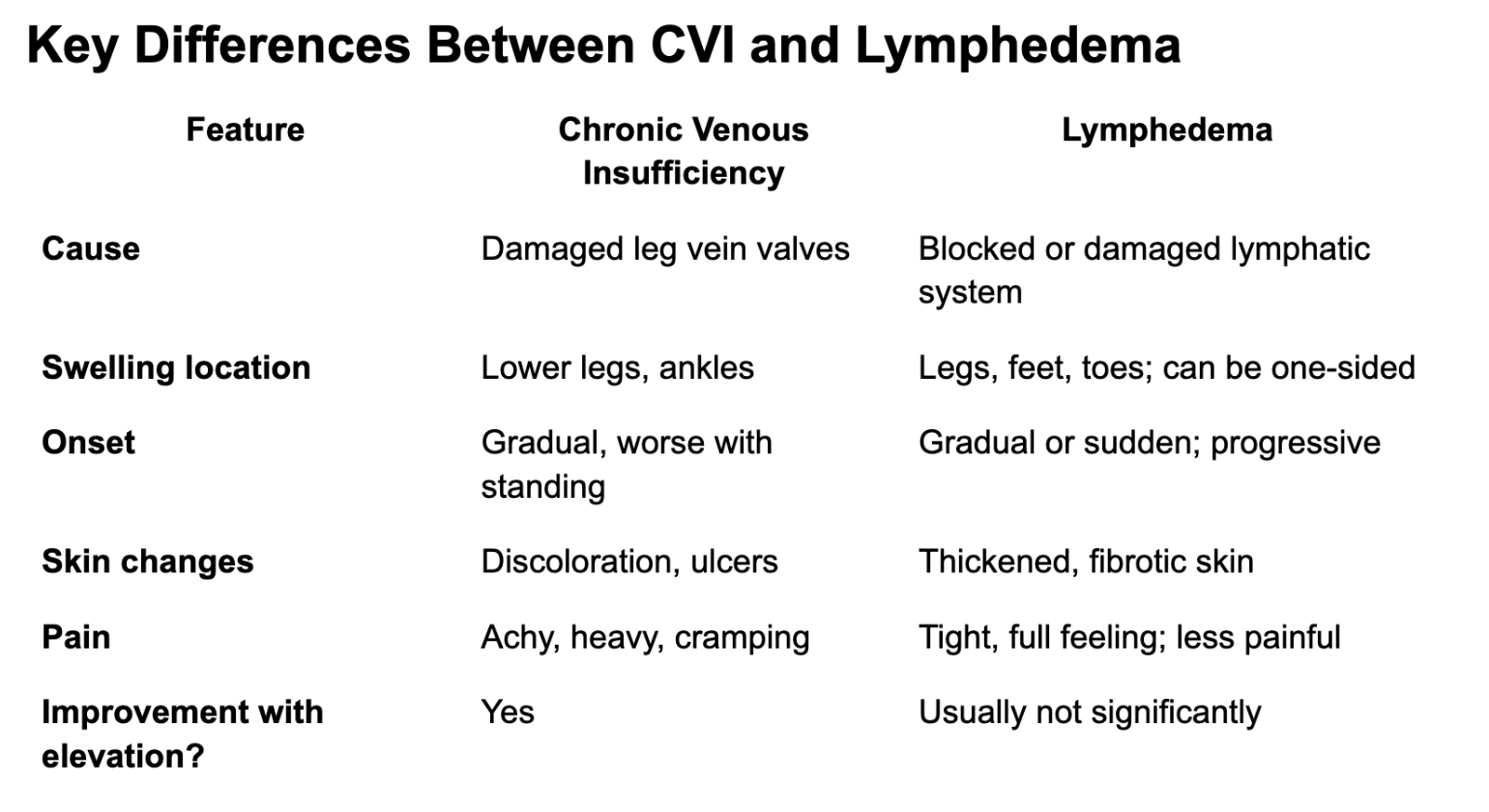
This is paragraph text. Click it or hit the Manage Text button to change the font, color, size, format, and more. To set up site-wide paragraph and title styles, go to Site Theme.
